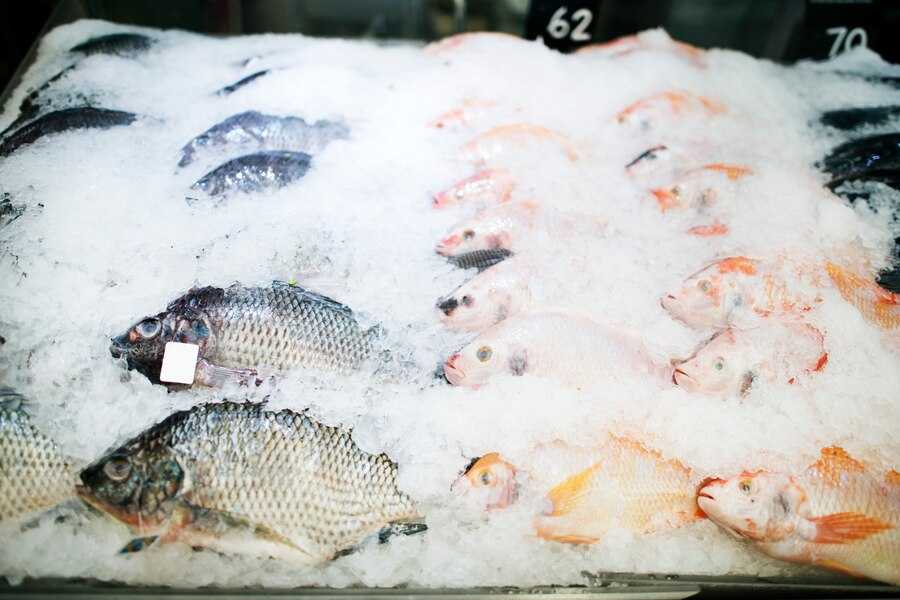BY KAHA G.
In the world of seafood, a revealing spotlight shines on the truth behind salmon farming practices and trust me it’s not pretty.
Over 70 environmental, animal welfare, and community groups from 18 countries have jointly criticized the Global Seafood Alliance, a leading industry trade association, for its greenwashing of industrial salmon farming. The Best Aquaculture Practices (BAP) certification, issued by the alliance, has been under fire for its latest version, BAP Salmon Farm Standard issue 3.0.
In an open letter submitted on the final day of the public consultation, the groups listed evidence of numerous BAP-certified farms and facilities associated with environmental damage, illegal activity, and negative impacts on endangered species, found in all major salmon farming regions, including the: US, Norway, Chile, Canada, Scotland, and Australia.
The groups criticized the new standard for failing to limit critical environmental impacts such as: sea lice, disease, chemicals, and water quality. Instead, the standard relies on farms meeting their minimal legal obligations and following business as usual practices. Earlier exposés by the Outlaw Ocean Project and Corporate Accountability Lab uncovered allegations of forced labor, child labor, and worker exploitation, as well as environmental damage associated with BAP-certified facilities in the Indian shrimp supply chain.
Major supermarkets such as: Amazon, Walmart, and ALDI; Loblaws and Target in North America; Tesco and Sainsbury’s in the UK; and Woolworths and Coles in Australia rely on the BAP certification as part of their responsible seafood sourcing policies. The groups have urged these supermarkets to stop relying on the flawed certification, stop the greenwashing, and conduct their own environmental and human rights due diligence on their seafood supply chains.
According to Kelly Roebuck, SeaChoice representative from Living Oceans Society, “There is mounting evidence that environmental harms and human rights abuses are occurring despite the ‘responsible seafood’ claims of BAP and other certifications. The new BAP Standard is no exception. Farms in Chile’s marine protected areas will be eligible for certification; so, will farms in: Canada, Scotland and Norway with sea lice loads that are lethal to juvenile wild salmon; as well as Australian farms that are driving the endangered Maugean skate towards extinction.”
Canadian signatories have also criticized the alliance, with Karen Wristen, Executive Director, Living Oceans Society, stating that “It is utterly irresponsible that all British Columbia salmon farms are BAP certified and sold to unsuspecting shoppers as ‘environmentally responsible.’ Claiming ‘best practice’ doesn’t cut it when the practices allowed by certifications are simply farms obeying the law and industry norms that continue to threaten wild salmon populations.”
In simple terms, the seafood products carrying the BAP certification may not be as environmentally sustainable, or responsible as they claim to be. Considering that major supermarkets worldwide rely on the BAP certification as part of their responsible seafood sourcing policies, we could be doing more harm than good to the environment depending on who we purchase from.
If the certification system is flawed, it could mean that we are being misled and may unknowingly purchase seafood products that have negative environmental or social impacts. This is why we should research these things, and not let ourselves be deceived by Greenwashing. After all this, the once “Best” Aquaculture Practices now seem more like the worst.

